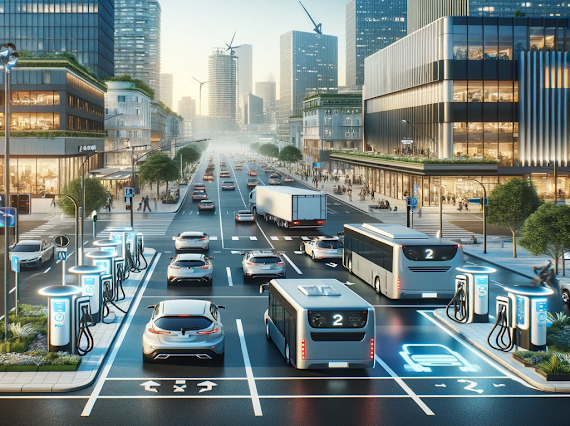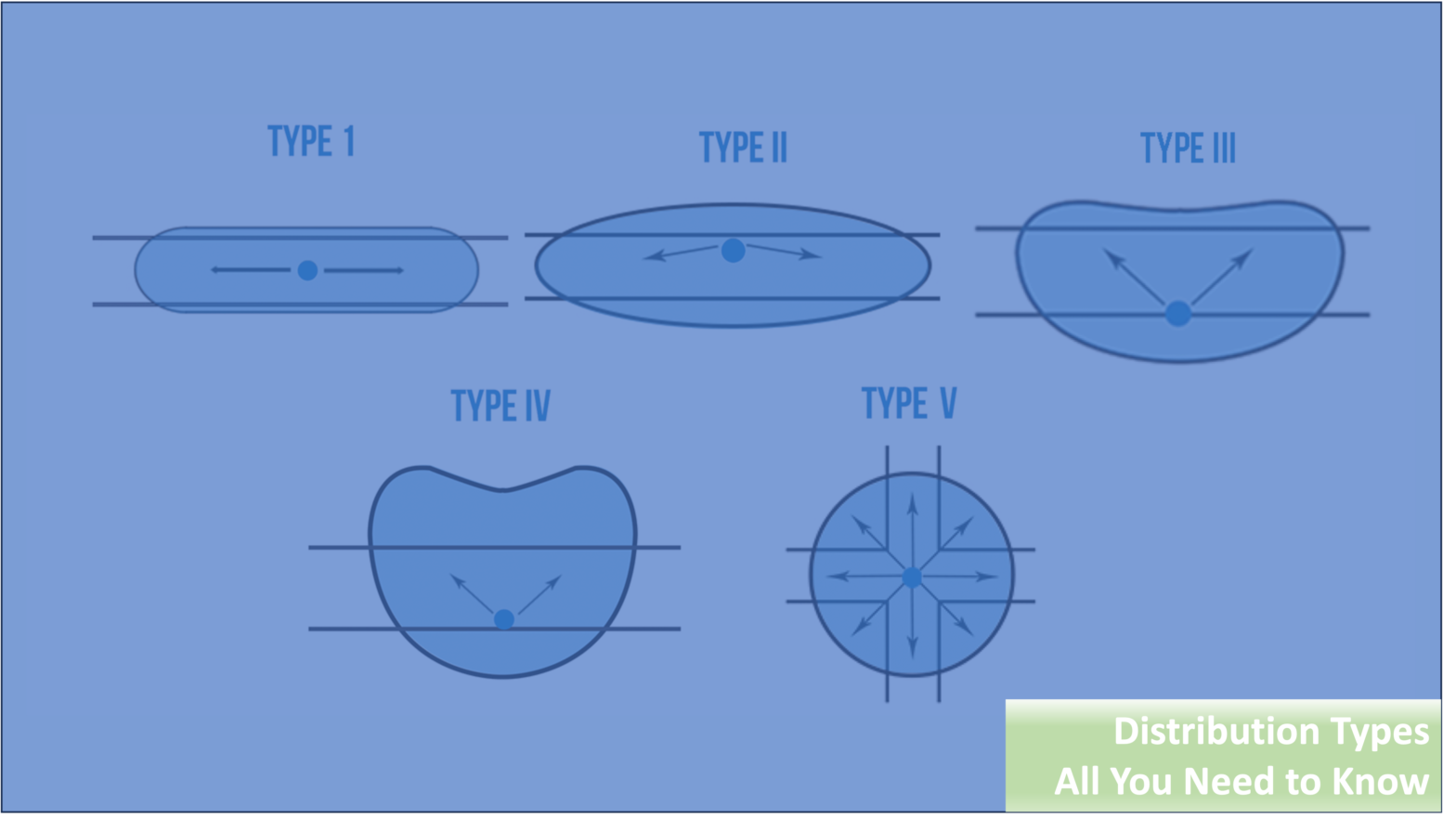Table of contents
Revving Up the Future: Electric Vehicles and Power Costs
Electric vehicles (EVs) are revolutionizing American roads. Their numbers increase, now over a million annually, and they’re influencing electricity rates in fascinating ways. This article examines how EVs might be key to reducing electricity costs, using recent studies and data for insights.
The EV Story
There’s a myth that widespread EV charging will strain the electric grid, leading to costly upgrades and higher electric rates. However, a study by Synapse Energy Economics on the most EV-populated U.S. utility territories, Pacific Gas & Electric (PG&E) and Southern California Edison (SCE), revealed the opposite. EVs are actually driving rates down. This is because EVs tend to charge overnight when the grid has spare capacity. EV drivers on time-of-use (TOU) rates do most of their charging off-peak. This behavior hasn’t strained the grid, thus avoiding significant additional costs while generating new revenues, ultimately lowering rates and bills for all.
2019 Synapse’s Study: EVs Lowering Rates
Synapse evaluated the financial impact of EVs in PG&E and SCE territories from 2012 to 2019. They compared the new revenue from EV drivers to the costs of energy, grid upgrades, and EV charging station programs. The result? EV drivers contributed about $806 million more than their associated costs. This surplus, thanks to revenue decoupling, is returned to all customers at lower rates and bills.
From Theory to Reality
Studies project that widespread EV adoption could lower utility rates nationwide. For instance, MJ Bradley and Associates’ analysis suggests that EV adoption in line with climate goals could save Minnesota $10.2 billion in utility bills by 2050. Synapse’s findings confirm this trend is already unfolding in areas with high EV penetration, offering a promising glimpse into the future of states like Minnesota, where the EV market is still emerging.
Grid Dynamics: EVs at Play
The U.S. sees a surge in electricity sales, propelled by industrial and data center demands. Notably, in some regions, this uptick is linked to EV charging. Contrary to fears of higher rates due to EV charging, studies reveal a different story. EV charging can distribute electricity system costs over more sales, potentially lowering the price per kilowatt-hour (kWh).
New & Insightful Regional Studies
New York State: Electrifying Trucks
A study by Synapse Resource Economics in April 2023 focused on truck electrification in New York. The research, considering infrastructure upgrades and support for fleet owners, discovered a neutral or even positive impact on electricity rates. Unmanaged charging, surprisingly, might lead to lower rates.
Nationwide: Berkeley Lab’s Findings
The study “Quantifying the Financial Impacts of Electric Vehicles on Utility Ratepayers and Shareholders,” by Lawrence Berkeley National Laboratory and funded by the U.S. Department of Energy, gave a comprehensive national picture. It suggested a potential decrease in rates of up to 1% over two decades, depending on EV penetration and peak impacts.
California’s EV Revenue Boost
Synapse’s analysis of California’s three major utilities from 2012 to 2021 showed that EV drivers significantly increased revenue compared to their associated costs, leading to rate reductions for all customers. This is mainly because most charging happens during off-peak hours.
Future Prospects and Actions
Each utility area is unique, but converging evidence suggests expanding EV charging infrastructure could reduce costs for most customers. Utility companies and states should conduct their analyses to see how these trends apply locally. Concerns about rate impacts on non-EV customers are largely unwarranted. Encouraging EV use through utility programs can reduce emissions, make better use of utility assets, and slightly decrease electricity rates for everyone.
The transition to EVs is more than an environmental shift. It’s an economic, urban, and societal transformation. EVs promise cleaner air, independence from oil market fluctuations, and lower electricity costs. As EVs increasingly populate our roads, they herald a future of cleaner air and more sustainable, cost-effective living.
Energywise Solutions works with architects, engineers, business owners, and commercial lighting contractors to create exceptional spaces with energy-efficient LED lighting solutions, lighting controls and automated building controls. Our network includes trusted manufacturers of wireless control components and wireless control systems, and our team is experienced in designing, start-up and commissioning custom energy solutions and control systems for all buildings.
Scott Van Kerkhove is the CEO of Energywise and writes on topics and issues surrounding the lighting and controls industry, energy management, profitability and sustainability. Find me on LinkedIn – Author: Scott Van Kerkhove







